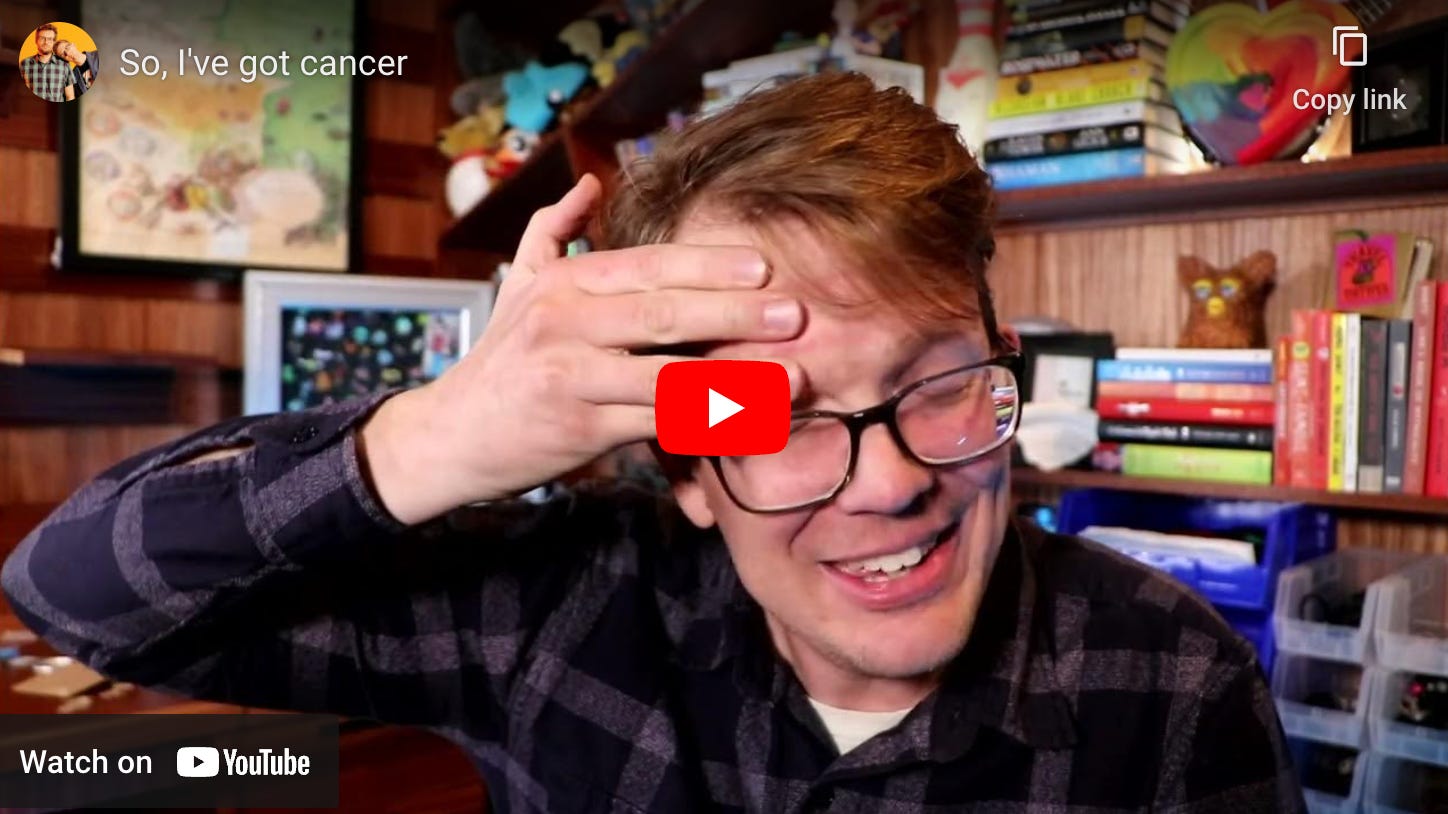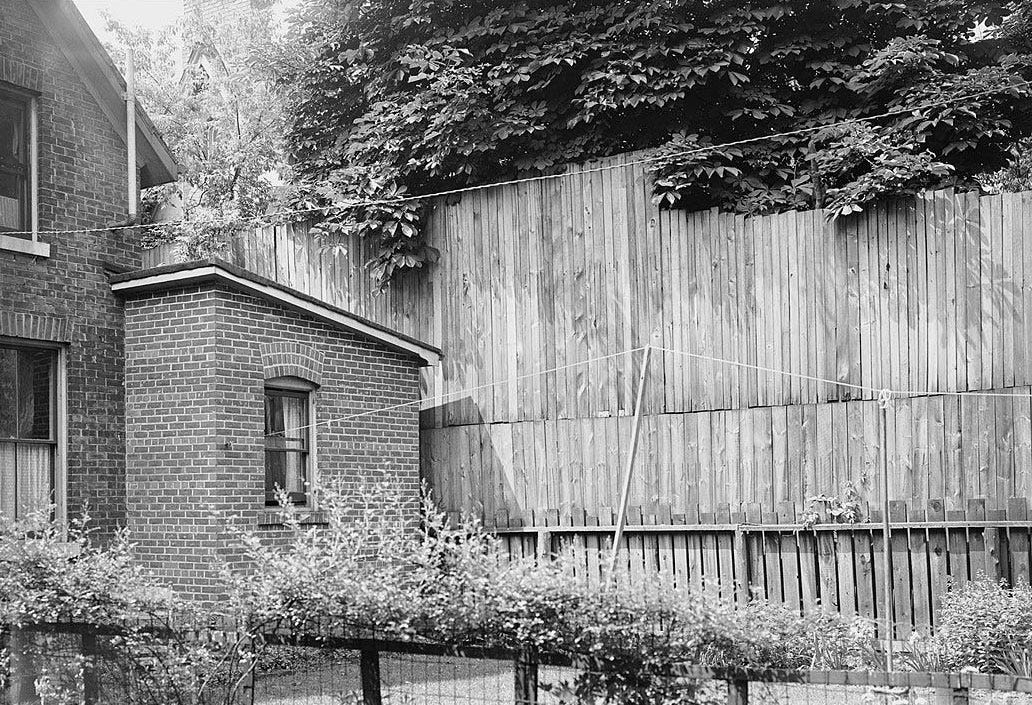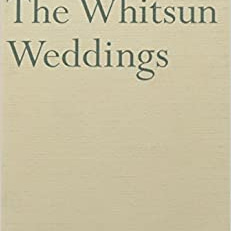Hello and welcome to another edition of Substack Reads. This week our writers explore memory and how it plays an important role in the nonfiction writer’s life, from Spencer Orenstein Lequerica revisiting his first-ever memory to comedian Jason Chatfield recalling career moments through the place that strung them together and ultra-endurance cyclist Emily Chappell journeying back to the beginner’s mind of cycling transcontinental terrains and how her expertise level shifted the experience. Enjoy!
ENDURANCE
Beyond the beginner
In 10 years, ultra-endurance cyclist and author Emily Chappell has risen to more challenges than she ever imagined—from bike couriering London, cycling Europe multiple times, traversing Asia and beyond, an unexpected comfort has emerged
—
inI’ve cycled across Europe several times—more than I can think of offhand, though I’d say it’s about five. I’ve got to the stage where I not only know where all the countries are; I will also, as soon as you speak to me about riding from one to the other, have a sense of what landscapes will be around you as you do so, what the weather might be doing, and which border crossings will be available to you. I looked at the blurb on the back of a bike-touring book the other night, which described the author riding through the Alps and south via the Balkans, and noticed that rather than imagining these places on the map, as I might have previously, I was now picturing what it would be like to cycle through them.
I’ve got into the habit of spending a chunk of every spring riding around France, to recce Tour de France stages routes in preparation for Le Loop, and that’s different every year, so I’ve gradually filled in more and more areas of my mental map of that particular country, animating them into visual memories. Indeed, that was what I was rushing across Switzerland to do—the following morning I would set off to ride the route of Stage 9 (Aigle to Châtel), and now when I see Gruyère cheese in the supermarket, I think about the rolling green countryside northeast of Lac Léman, where I learned that it is made.
COMEDY
It was a shithole, but it was my shithole
Comedian and New Yorker cartoonist Jason Chatfield grew his act at the oldest comedy club in the world, Dangerfield’s, now closing after 50 years. He pays tribute to the place he and many other New York comics learned their craft
—
inThe first night I set foot in Dangerfield’s, I felt like I’d been sucked into a time machine. The red velvet curtains, the old carpet, the dumbwaiter behind the old mahogany front bar with overpriced drinks—it had everything you’d expect an old storied comedy club from the sixties to have, and then some.
The club is obviously named after comedian Rodney Dangerfield and was founded by Rodney and his longtime friend Anthony “Tony” Bevacqua, who still runs and operates the club today. I remember Tony telling me Rodney lived upstairs at one point.
Tony was years ahead of the pandemic; he’d prefer a fist bump to a handshake on account of the grubby hands of the average comic. If he was at the bar when you showed up, he was always polite and quietly friendly.
TECHNOLOGY
The hardest part of being a follower
Influencers we’ve grown up with from our teens, through their marriages, homes, and divorce, are entering a new phase we experience with them: mortality. In the wake of finding out a beloved influencer has cancer, Kate Lindsay asks Will they even know you cared?
—
inOn Friday morning, longtime YouTuber and VidCon founder Hank Green announced that he has been diagnosed with cancer. It’s Hodgkin’s lymphoma, which is one of the most treatable cancers, and he’s already completed his first round of chemotherapy. Still, when I saw the video title—“So, I’ve got cancer”—my breath caught in my chest like I had received a text from a friend sharing their diagnosis. I realized, as I teared up watching the video, that Hank Green is probably the first person I ever followed on the internet.
Hank is one half of the Vlogbrothers, a YouTube channel he’s shared with his brother, John Green, since 2007. I remember Googling the name when I was a teenager after seeing it mentioned on a Harry Potter forum and falling headfirst not just into their channel, but the community of YouTubers they would often collaborate with. I don’t watch as religiously these days, but I still feel connected with them because of the time we spent together, like a friend you can go months without speaking to, and when you finally do, it’s like no time has passed.
“Non-Hodgkin’s here, 8 years remission,” a comment on the video reads. “First started watching your channel while getting chemo, and I couldn’t get out of bed without help, and didn’t have the energy to socialize. So I did a lot of YouTube binging and you and your brother’s channels kept me company. I just wanted to tell you that whatever happens, we love you, and you have made and continue to make a huge difference in many people’s lives.”
PHILOSOPHY
How much can we really know of ourselves?
How accurate are memories? And by extension, how accurate are the stories that we tell about ourselves? Inspired by a 2015 podcast called Mystery Tour, Spencer Orenstein Lequerica reconsolidates his first memory
—
a in , recommended by Heather Marie Vitale and Taegan MacLeanI was six years old. There is no way that I actually experienced this event in the way that I describe it. I lacked the vocabulary and maturity to contextualize an unexpected event like a 30-something essayist writing about memory. But that memory feels more real than the memory of the last sip of coffee I took seconds ago. Perversely, the memory likely feels more real because it is, like Fellini’s sea, less true.
Here’s what I mean. There is a concept in neuroscience called memory reconsolidation. The idea is that when we recall a memory we are not simply hitting play and rewatching a scene that has been recorded and preserved on film. Instead of hitting play and passively watching the scene, we hit play and start to rewrite it. Perhaps the rewrite is minor, so small as to be barely noticeable; perhaps it is a major rewrite driven by all the changes that have occurred in our lives in the period between the event we are remembering and our present self. But, over time, as we recall the memory more frequently, we fill in more details with our own imagination.
HISTORY
The golden age of spite fences
Toronto’s “spite fences” were the front lines of petty wars waged between neighbors across the city in the 1920s. Adam Bunch looks into how they rose and what ultimately led to their demise
—
inThey towered above Toronto for decades, ruining views and blocking out light. They rose in front yards, backyards and driveways, immense walls of wood, brick and corrugated iron. They were fences built with revenge in mind, barricades on the front lines of countless petty squabbles, weapons in the tiny wars waged between neighbours across the city. They were monuments to disgruntlement, testaments to tension. So spiteful, they became known as “spite fences.”
They weren’t unique to Toronto by any means, but if you take a look back through local newspapers from about a century ago, you’ll find them mentioned over and over again. High fences built during disagreements between neighbours, aiming to make life miserable for those on the other side. They went up in Parkdale, Rosedale, the Beaches, the Annex, the Junction… A fence on Balsam Avenue rose thirty feet into the air; city staff worried it might topple in a high wind. A landlady on Bathurst complained that a twelve-foot fence was plunging her house into darkness, costing her five dollars a month in rent she couldn’t charge her tenants. On Palmerston Avenue, a resident posted a notice aimed at a neighbour’s fence during the final months of the First World War: “Babylonia fell, Rome fell. The Kaiser will fall—and our neighbor’s spite fence.”
It was an optimistic declaration. According to city staff, there were nearly two dozen spite fences in Toronto by then. But it was nearly impossible to get any of them removed. Spite fences were perfectly legal; even the authorities had no power to do anything about them. “I am sorry that I cannot help you,” one judge explained to a complainant, “but if I had the power I would penalize the neighbor and all others who build spite fences.” When one resident tore down his neighbour’s spite fence on Wallace Avenue in the west end, the courts made him pay for the cost of replacing it—more than a thousand dollars in today’s money.
MEMOIR
The reverence of pound cake
Columnist, novelist, and podcast host Sean Dietrich shares stories of life in his American South
—
inAnd that smell. It was so strong. It smelled like being hugged. Like vanilla. Like prayer meetings on warm Saturday evenings. Like looking at a midnight sky over the Gulf of Mexico.
From the kitchen came the brunette. Young. Smiling. She carried a plate. On the dish was the source of the smell. A slice of warm, yellow, dense pound cake.
Everyone stopped singing. They behaved reverently when she passed by. Boys removed their hats and held them over their hearts.
And the family watched me take my first bite. A bite that would change my life forever.
MUSIC
Commencement address to the class of creatives
Writer and musician Tift Merritt offers memos and lessons from her studio wall to those emerging into any creative industry
—
inMaybe you are here because, like me, you never got the playbook that the rest of the world got. Music was my safe place. But the next step is where you try to make a living; you navigate the business and the industry and it is maybe even more heartbreaking to realize that your craft has to live in and find safety in the real world too, just as you do.
I could tell you things about the music industry—about all the too fat, too skinny, not-a-hit somethings, about sitting alone in a dressing room trying my hardest—but it isn’t really important. What is important is that there are gatekeepers and there are soul partners. You have to keep the conversation you have with yourself FREE OF NOISE. You have to know the difference between real feedback and someone who doesn’t understand what you are doing. Process is the conversation that you have with your work. It is up to you to keep your prayer honest.
But it’s important to DEMYSTIFY keeping that prayer honest. Here’s what I wrote to myself on my studio wall:
Make a mark. I have something I call a blank-page muscle. I just make a mark. There’s also the just-the-next-step muscle. The more you use it, the more it will be there for you.
BUSINESS
How successful people say no
Turning down the next opportunity that comes your way just might be the best decision you ever make. But many busy executives don’t say no often enough
—
inHigh achievers succeed because they prioritize their most important commitments and stay focused.
The problem is, once you’ve reached a certain level of success, you can become a target for people who want your help and time for things that are important to them. And as much as you might want to help, your own progress depends on remembering to keep what you need to do on the front burner.
This is hard for most people, because no one wants to seem self-centered or unsympathetic to the needs of others. But I’ve discovered that people understand that no one has time to fulfill every request. Fundamentally, the problem comes down to one of communication.
CARTOONS
Welcome to America’s Top Most Difficult Job, 2023
Do you crave high stress, low pay, and lack of job security? Pick up a pen (or a Wacom tablet) and join the cartoon community, says Bob Eckstein
—
inI used to do cartoons for the largest Catholic magazine in the world, America, and those were the days. Rates were reasonable. And I totally understand the dire situation today. A Catholic magazine, Holy Moses Monthly*, recently purchased a cartoon from me for $25. After the PayPal fee, I received only $17.50. They were kind enough to send me the difference when I pointed this out. Now, there are some good Catholics, and I would work again for them. But other publications subtract that fee out of you. That’s totally unfair.
*not real title
Recently launched
Coming soon
Congratulations to the following writers celebrating publication:
’s book Our Tribal Future is out May 30:Substackers in the press
Laura Barkat of
wrote this post in Jane Friedman’s newsletter on moving to Substack and growing from scratch. of was quoted in a New York Times piece about QR codes in restaurants.Inspired by the writers featured in Substack Reads? Writing on your own Substack is just a few clicks away
Substack Reads is a weekly roundup of writing, ideas, art, and audio from the world of Substack. Posts are recommended by staff and readers, and curated and edited from Substack’s U.K. outpost by Hannah Ray.
Got a Substack post to recommend? Tell us about it in the comments.




























Wow it was a wonderful surprise to wake up this morning and see that my post was highlighted here next so much incredible writing! Thanks so much to Heather Marie and Teagan for recommending it and to Substack for including it in this wrap up!
Thank you for featuring my post! 🥳
I hope everyone enjoys the reminiscence.
And the undigested hot dogs.